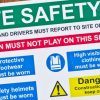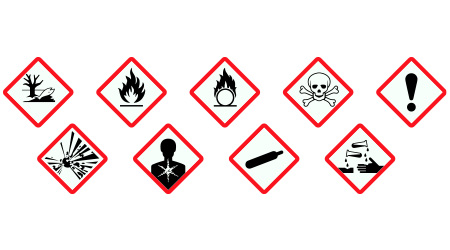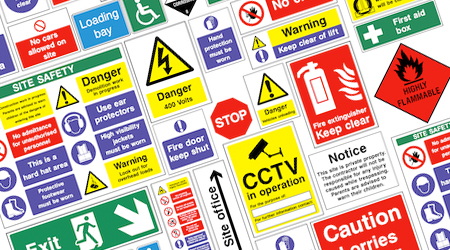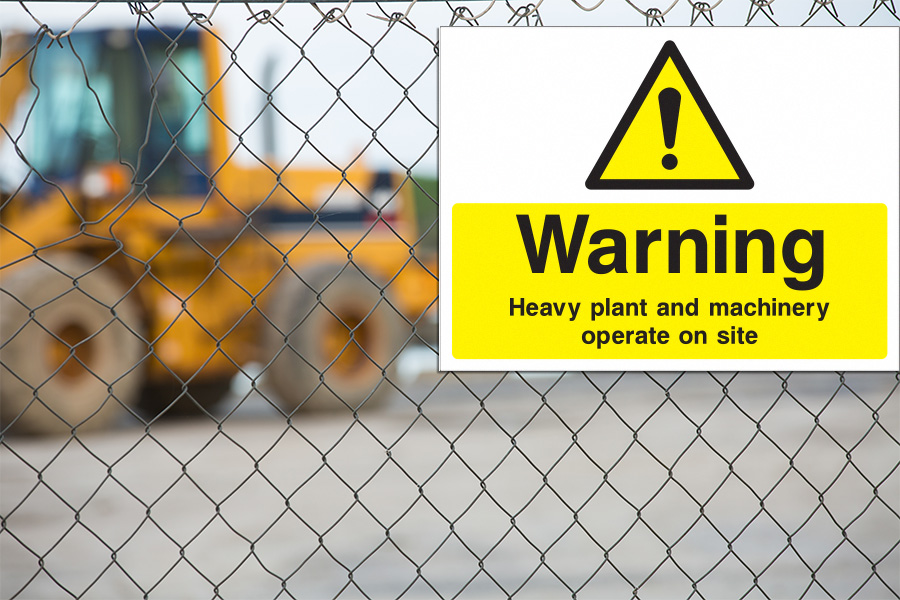Understanding Health & Safety Signs: A Guide to Ensuring Workplace Compliance
What are the health and safety signs?
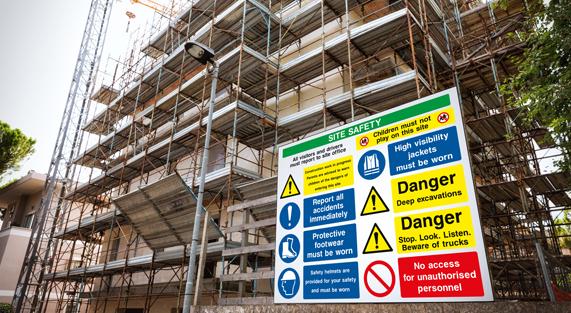
Health and Safety Sign, Construction site safety sign, multi-message sign for construction sites
In today’s rapidly evolving world, prioritising health and safety has become paramount in all aspects of life, particularly in the workplace. Health and safety signs play a crucial role in maintaining a secure environment and adhering to legal obligations. These visual cues communicate essential information to employees, visitors, and the public, promoting awareness and preventing accidents. In this comprehensive guide, we will delve into the significance, categories, and their relevance in accordance with British law and legislation.
Importance
Health and safety signs are pivotal elements in maintaining a secure work environment. They serve as a means of communication, conveying vital information quickly and effectively. These signs reduce the risk of accidents and constantly remind us of the potential hazards present in the surroundings. By enhancing awareness, they empower individuals to take necessary precautions, ultimately preventing injuries and maintaining the overall well-being of all stakeholders.
Categories
They are classified into several categories based on their purpose and the information they convey. Understanding these categories is essential for selecting and implementing the appropriate signs in your workplace. Let’s explore the key categories:
- Prohibition Signs: Prohibition signs, indicated by a red circle with a diagonal line through the centre, prohibit certain actions or activities. For instance, the “No Smoking” sign is a familiar sign that communicates smoking prohibition in designated areas. By clearly stating what is not allowed, these signs contribute to maintaining a hazard-free environment.
- Warning Signs: Warning signs are yellow and black and indicate potential hazards or dangers. They alert individuals to be cautious and take necessary precautions. An example of a warning sign is the “Caution: Wet Floor” sign, which warns about slippery surfaces. These health and safety signs prompt individuals to adjust their behaviour accordingly to avoid accidents.
- Mandatory Signs: Mandatory signs are blue and white and indicate actions that must be taken for safety reasons. For instance, the “Wear Personal Protective Equipment” sign communicates the requirement for individuals to wear appropriate protective gear in designated areas. Adhering to mandatory signs is not only essential for personal safety but also for legal compliance.
- Emergency Escape Signs: These signs are green and white and provide information about emergency exits, evacuation routes, and emergency equipment. The “Emergency Exit” sign, for instance, directs individuals to the nearest exit in case of an emergency. These health and safety signs are crucial for ensuring swift and orderly evacuations during unforeseen events.
- Fire Safety Signs: Fire safety signs are red and white and include symbols and text that indicate the location of fire exits, fire extinguishers, and other fire safety equipment. The “Fire Extinguisher” sign, for example, directs individuals to the location of fire-fighting equipment. Rapid identification of fire safety resources can significantly reduce fire-related risks.
Relevance to British Law and Legislation
In the United Kingdom, health and safety at the workplace are governed by a robust framework of laws and regulations. These regulations aim to protect the well-being of employees and other stakeholders. Incorporating appropriate health and safety signs in your workplace is not just about preventing accidents; it’s also a legal requirement. Here are some key regulations that underscore the importance of health and safety signs in the UK:
- “Health and Safety (Safety Signs and Signals) Regulations 1996”: This legislation specifically addresses the use of safety signs in the workplace. It outlines the types of signs that should be used, the circumstances under which they should be used, and their design features. The regulations provide comprehensive guidance on ensuring that signs are easily recognisable, appropriately illuminated, and well-maintained.
- “The Health and Safety at Work Act 1974”: Often referred to as the “HSW Act,” this fundamental piece of legislation places a duty on employers to ensure the health, safety, and welfare of their employees. This includes providing clear and comprehensible safety information, which can be effectively achieved through health and safety signs.
- “Management of Health and Safety at Work Regulations 1999”: These regulations focus on the risk assessment process that employers must undertake. Employers are required to assess the risks present in the workplace and take appropriate measures to control and mitigate them. Health and safety signs play a role in communicating these risks to employees and visitors.
In the realm of workplace safety, health and safety signs stand as silent guardians, communicating critical information and promoting awareness. Their significance cannot be overstated, as they contribute to accident prevention, compliance with legal obligations, and the overall well-being of all individuals within a workspace. By understanding the categories of safety signs and their alignment with British law and legislation, employers and business owners can foster a secure environment that prioritises the well-being of all stakeholders. Remember, investing in health and safety signs is not just a matter of compliance; it’s an investment in the welfare of your workforce and the success of your business.
From our Blog:
From our Online Shop
